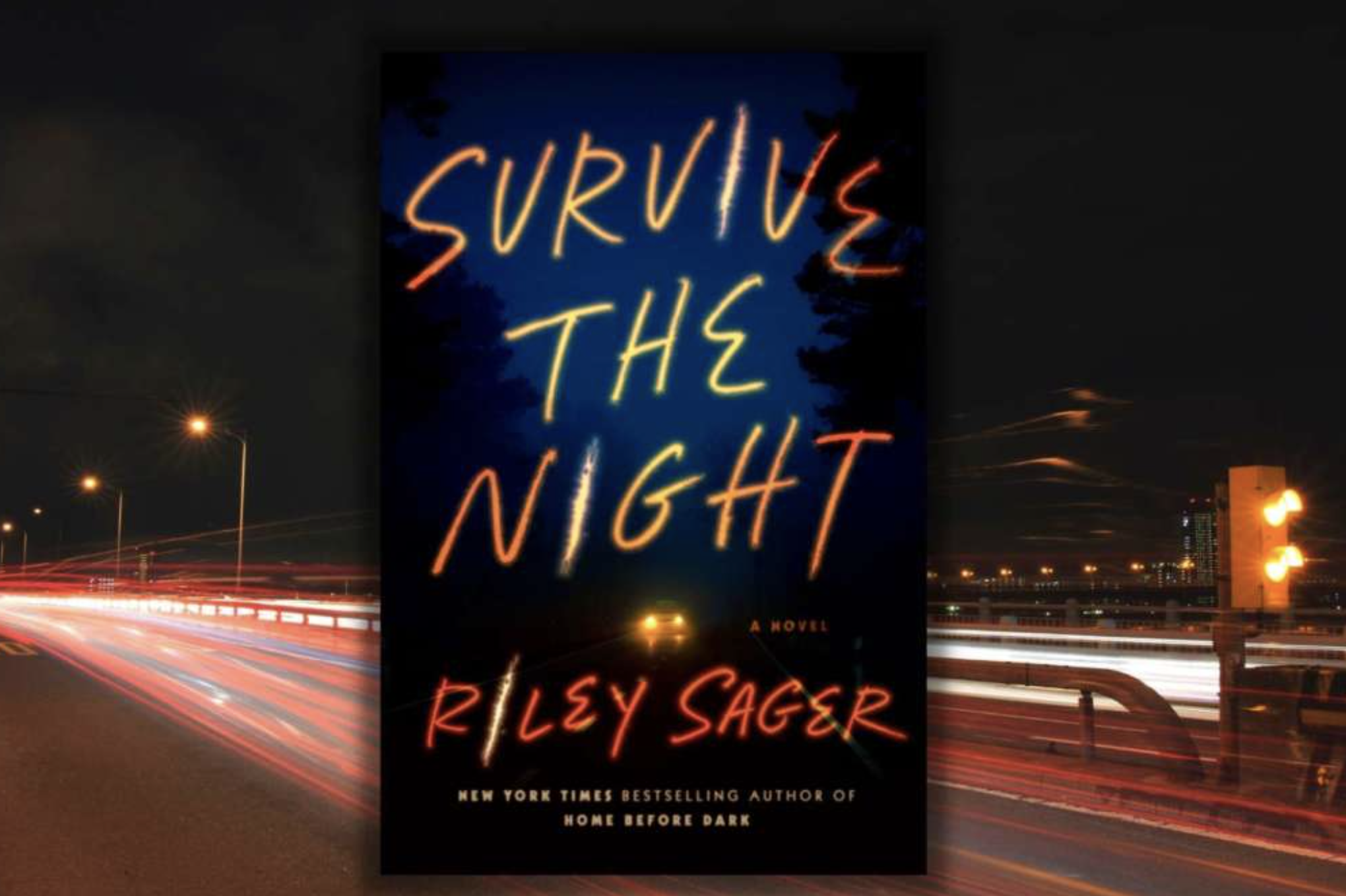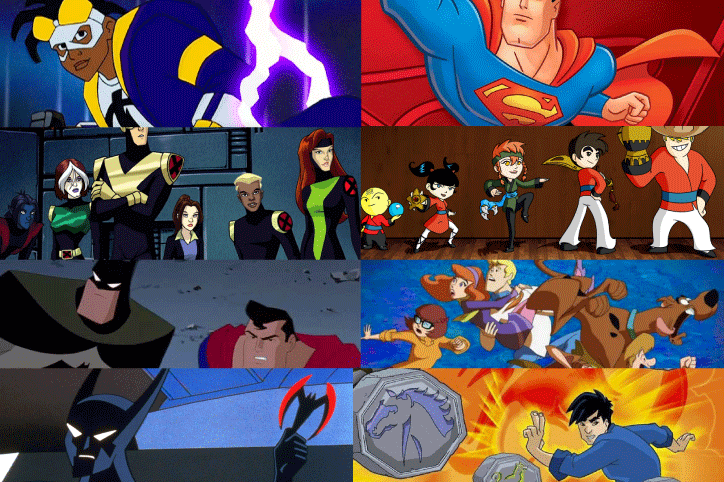The Dutch House is the eighth novel by Ann Patchett and is a beautiful look at fairytale themes, selfishness and selflessness, and familial relationships. Central to the story is the titular house, which becomes the driving force behind the family’s actions who live in it – the Conroys. The story is a retrospective of Danny Conroy about his childhood with his sister Maeve growing up in the house in a suburb of Pennsylvania.
Danny and Maeve Conroy’s father loved homes. It became his obsession, his source of wealth, and ultimately, the one he purchased for himself became the center of his family’s world. The Dutch House in the story is set in the real neighborhood of Elkins Park, Philadelphia, Pennsylvania. The home was built in 1922 by Dutch immigrants and bought over twenty years later by Cyril Conroy for his family.
“The dining room ceiling was painted a shade of blue both deep and intense, and was covered in intricate configurations of carved leaves that had been painted gold, or more accurately, the leaves had been gilded.”
This house serves as a monolith of sorts, not unlike the monolith in the film 2001: A Space Odyssey which kicks starts the evolution of humanity by its unmoving, static, yet potent presence. Everyone’s behavior is driven and defined by the house, and the evolution of the family really begins when Elna Conroy – Cyril’s wife and Maeve and Danny’s mother – leaves the family, in part driven by her dislike of the house.
The study of selfishness begins here. Elna goes to India to help the poor, but ultimately returns to America to live her own life in New York. Each adult who engages with the home becomes consumed by their own needs and wants first and foremost, to the noticeable detriment of the Conroy children, who begin to suffer in the same way a fairytale main character does, unloved, looking for a way out.
“To grow up with a mother who had run off to India, never to be heard from again, that was one thing – there was closure in that, its own kind of death. But to find out she was fifteen stops away on the Number One train to Canal and had failed to be in touch was barbaric.”
There is even an evil stepmother, Andrea, who brings along her two daughters and seems to present herself as a more suitable mate for Cyril. They both love the house. Like all wicked stepmothers, she greatly dislikes her new step-children, and she turns her new husband against his children.
Danny is a unique, though somewhat oblivious narrator. He was only three years old when his mother left, while his sister was ten. The reader gets brought along through his retrospective, a fascinating tension between the understandings of a small child who coped by being somewhat detached from the events around him, and an adult coming to grips with the reality of his childhood.
The dynamic between Maeve and Danny is also a unique examination of sibling relationships. As children, they needed one another, isolated from their parental figures and relying on one another to get by. As adults, they seem unable to agree on much, with both of them making overt sacrifices for the other, to the detriment of their own desires – perhaps an over-correction because of the selfishness exhibited by Cyril, Elna, and Andrea.
“Because I was fifteen and generally an idiot, I thought that the feeling of home I was experiencing had to do with the car and where it was parked, instead of attributing it wholly and gratefully to my sister.”
The Dutch House is a fascinating and beautiful look at life, and to Patchett’s credit, uses time-jumping as a literary technique with great effect. It contributes to the themes of perspective, retrospective, and the faultiness of memory without being too cumbersome. However, some readers may find the hopping between time periods annoying if it is not a device they appreciate. It could also be annoying that Danny’s lack of comprehension of the past must always be alleviated by explanatory exposition by another character. If such story-telling annoys you, The Dutch House may not be for you.
With its elegant prose, interesting characters, and relatable problems and emotions, The Dutch House revisits fairytale tropes by examining how they may play out in real life. The characters experience real problems and cope with them in ways that many people may recognize within themselves. It is a great read that invites the reader into a house that is not a home and a family putting itself back together after breaking.
If you are looking for more historical fiction recommendations, try The Red Scarf by Kate Furnivall.




